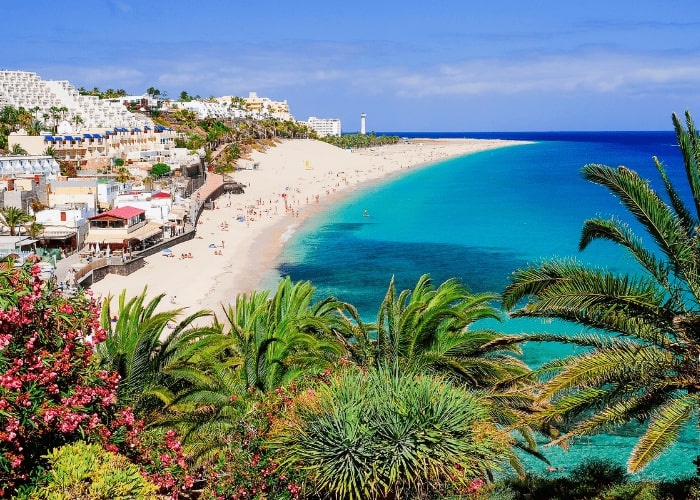MADRID – There is the prospect of a cautious start to the tourist season now that Spain is no longer classified as a ‘high risk’ destination by Germany.
Germany is still discouraging any type of travel because of the corona pandemic. However, all of Spain – including the Balearic and Canary Islands – is now labelled ‘risk’ instead of ‘high risk’.
Last Friday, February 19, Germany’s Robert Koch Institute (RKI), the institution responsible for disease control and prevention, updated information on the incidence of the pandemic. This change means that travellers arriving in Germany from Spain will have to meet slightly less stringent requirements.
A bit of hope for Easter
Germany is an important market for the Spanish tourism industry. Furthermore, this change slightly increases the likelihood that something of a tourist season can start at Easter.
However, at least until March 7, Germany does not recommend travel of any kind. This is especially to international areas that are considered risky, but this does not imply a ban. Germany’s federal government distinguishes between “warn” and “advise against”, the latter being the least serious. The government warns against travel to the vast majority of countries outside the EU and Schengen, with a few exceptions.
How does the German classification work?
The RKI has four classification levels based on the incidence of Covid-19 in other countries: area of mutation, high risk, risk or safe. Depending on these levels, the level of travel restrictions varies.
The applied levels and restrictions
Mutation areas: Travel requires a PCR test performed 48 hours in advance and a mandatory quarantine of 10 days is imposed. This can be cut in half by having a test administered after five days.
High-risk areas: where the accumulated incidence in the past seven days is more than 200 new infections per 100,000 inhabitants. In this case, a PCR test must also be taken up to 48 hours in advance and a mandatory quarantine also applies.
Risk areas: more than 50 new infections per 100,000 inhabitants in the past seven days. A PCR test up to 48 hours after entering the country is required. A mandatory quarantine of 10 days is also imposed, but can be reduced by half with a negative test result.
Areas that were risk areas for the past 10 days but no longer are: No travel restrictions.


